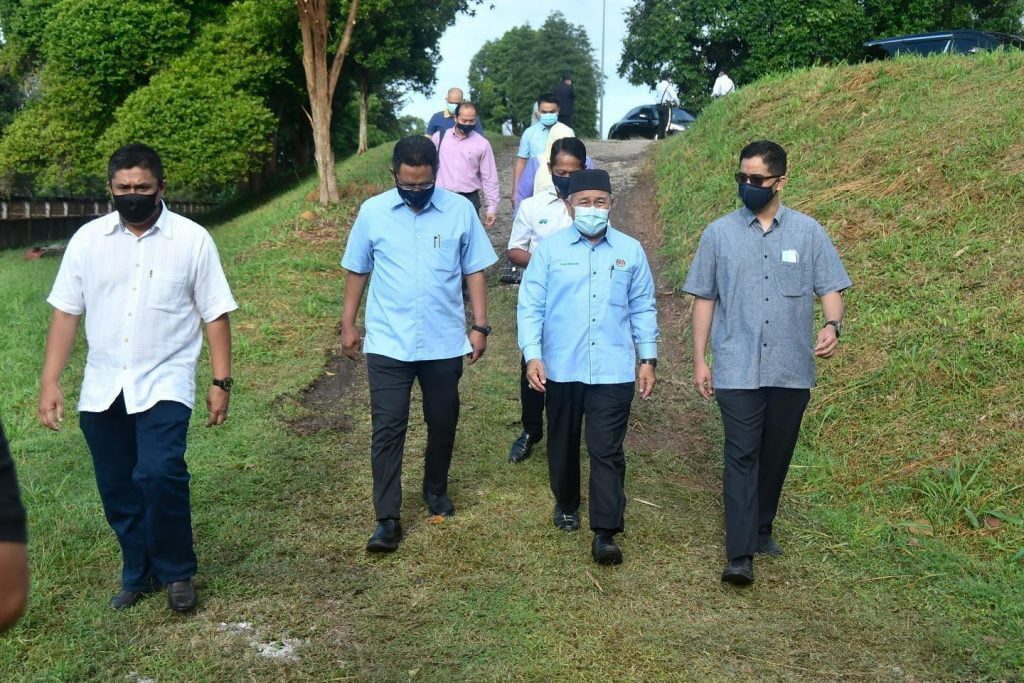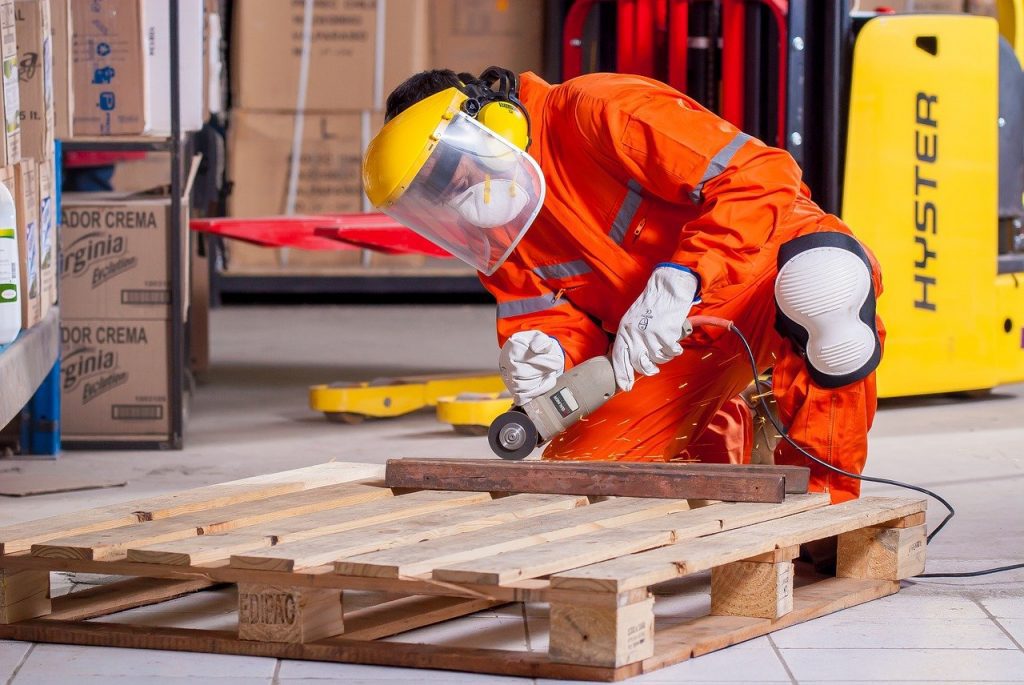Occupational noise hazard is one of the main concern at workplace these days. Industrial workers, particularly in manufacturing and construction sectors are exposed to loud equipment and this will affect their productivity. If noise levels are too high, they will not be able to hear signals or instructions. Besides, prolonged exposure to hazardous noise could lead to hearing loss.

Are you exposed to hazardous noise?
Now, try to imagine this situation at your workplace. Are you exposed to hazardous noise? Noise, or unwanted sound, is one of the most common physical hazards in the industry. Above all, if you’re working with machinery and equipment, then you’re probably exposed to hazardous noise.
Assuming that you’re responsible to conduct an Effective Hearing Conservation Program in your company, we’ve laid these elements for you.
- Identify noise hazards and evaluate risks associated
- Implement control measures to reduce noise
- Provide suitable Personal Hearing Protector
- Train and educate personnel’s involved
- Conduct audiometric testing
- Recordkeeping
- Evaluate effectiveness of Hearing Conservation Program
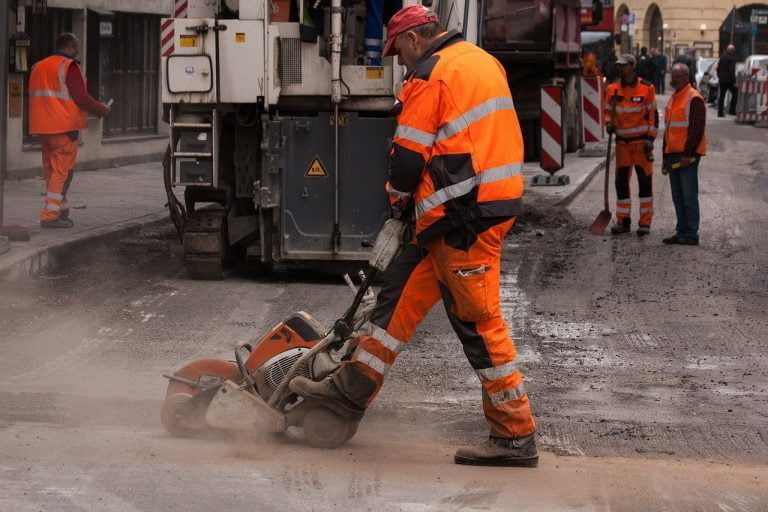
1. Identify noise hazards and evaluate risks associated
First of all, inspect the workplace regularly and speak to the workers to identify noise hazards. Besides, observe any safety signage which required the workers to wear hearing protection. Then, conduct noise risk assessment to propose the right control measures. View our guideline on Noise Risk Assessment here.
2. Implement control measures to reduce noises.
Once you have identified noise exposure in the workplace, work on appropriate control measures to be taken. Later on, implement five steps of hierarchy of control to control noise exposure. As an example, isolate the workers by placing a soundproofing wall between the noise source and workers.
3. Provide suitable Personal Hearing Protector (PHP).
By all means, an effective hearing protector need to fit the wearer. For instance, it has to be comfortable, lightweight, fit properly and of the right use. View our guideline on Effective Use and Selection of Personal Protective Equipment Training here.
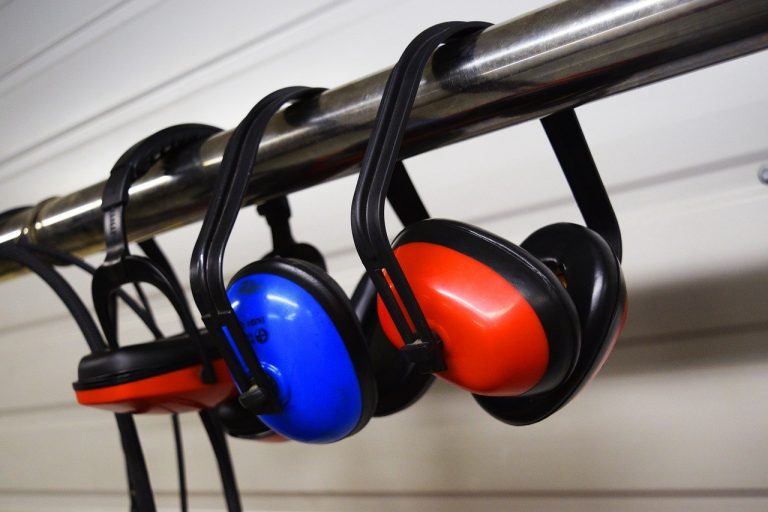
4. Train and educate personnel’s involved.
Also, wearing the right PHP is not enough. Additionally, your worker need to know how to use, maintain and keeping the protector. For instance, they need to attend training. As a result, they will know the purpose of using and when they need to use the hearing protector. View our guideline on Effective Use and Selection of Personal Protective Equipment Training here.
5. Conduct audiometric testing.
Besides that, annually check for the exposed workers. Even though they are using Personal Hearing Protector, check yearly to ensure that they are not losing hearing due to noise.
6. Recordkeeping
Moreover, keep a proper and updated record and data of all hearing conservation programs. Above all, it will assist you in managing hearing Conservation Program in the company.

7. Evaluate effectiveness of Hearing Conservation Program
Most importantly, engage with your workers to evaluate effectiveness of Hearing Conservation Program. Go and get their feedbacks and review. On the other hand, they need to be cooperative in ensuring effectiveness of the program.
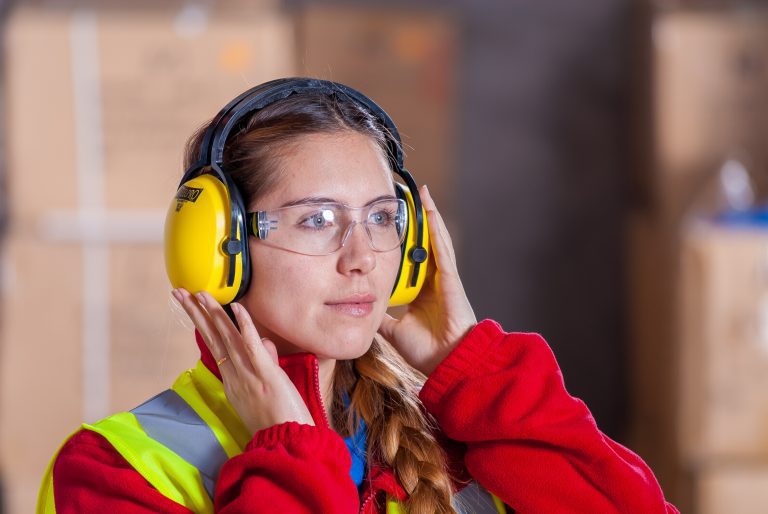
To conclude, an Effective Hearing Conservation Program involves the employer and employees in the process of development and implementation of a Hearing Conservation Program.
You do not know how to identify noise hazards in your workplace?
You do not know how to select an effective personal hearing protector?
Need help to arrange an Audiometric Testing?
AND
You are having a problem in establishing your Hearing Conservation Program?
If YES,
Do you know that we can help you to overcome your problem?
Request for our Hearing Conservation Program Training NOW!
Image via Pixabay
HSE Insights, Issue 6, November 2020



